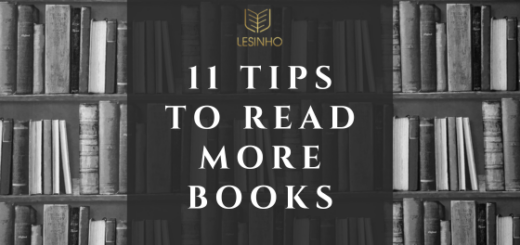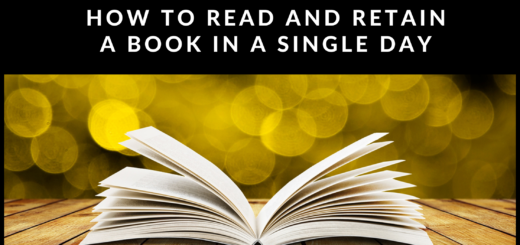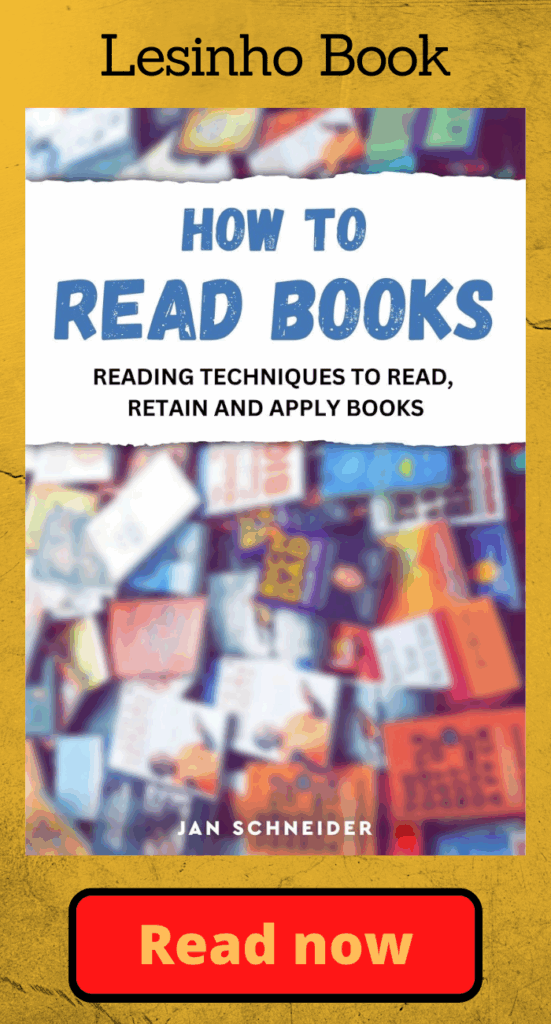Skimming And Scanning For Rapid Information Extraction
Skimming describes a reading technique used to quickly gain an overview of the structure and content of a book or text. This is especially useful when you need to go through a large amount of reading material swiftly. Additionally, it is a helpful technique for deciding whether a text will be useful to you. However, skimming can also serve as preparation for a more detailed reading of the text.
Skimming is a technique for rapidly reading a text to get a general idea of its content and to identify the key points. In doing so, you aim to identify the author’s intention, the structure of the text, and the key passages within it.

Skimming Techniques
When skimming, you allow your eyes to roam freely over a page, jumping from one passage to another. Instead of reading individual sentences, you search for keywords, headings, and bolded words to determine the topic of a text or a specific paragraph. This allows you to decide which sections you want to read in more detail. In this way, you can easily skip unnecessary text passages that are irrelevant for various reasons.
Another way to skim is to read the first and last sentence of each paragraph or chapter. The first sentence of a paragraph usually describes what the paragraph is about, while the last sentence summarizes the result. This way, you can ignore the details that lie in the middle of the paragraph. Similarly, most chapters are structured in such a way that you often only need to read the first and last paragraph of a chapter to get an overview of its main points.
Additionally, when skimming, you can try to find the key sentence in each paragraph that describes the topic and main statement of that paragraph. You can then skip the rest of the paragraph, which elaborates on this main point, when reading the text.
If you want to read a text in a bit more detail in a short amount of time, you can combine skimming with speed reading techniques. By skimming, you can identify interesting passages and then quickly read these using speed reading techniques. This way, it is possible to gather all the relevant information from a book in just one hour, for example.
When skimming a book, you should particularly focus on the following areas:
- Title page and back cover of the book
- Table of contents
- Index
- Flap/Information text about the author
- Central chapters and summaries of these chapters
- Preface and conclusion at the end of the book
- Diagrams and charts
This way, skimming can also be helpful in selecting books to determine which one is most likely to assist you. You can then read that book in more detail.
Another application of skimming is to quickly find articles of interest while reading newspapers or magazines. This allows you to swiftly go through the newspaper and extract the relevant information in a short time.

Scanning Techniques
A related technique to skimming is scanning a text. In this case, you move your eyes quickly over the text to locate specific details. An example of this is finding a word in a dictionary. Therefore, you can use scanning as opposed to skimming when you already know what you are looking for in the text. With scanning, you can rapidly discover specific words, numbers, or names within the text. Afterward, you can read the relevant passage in detail to obtain the answer to your question.




